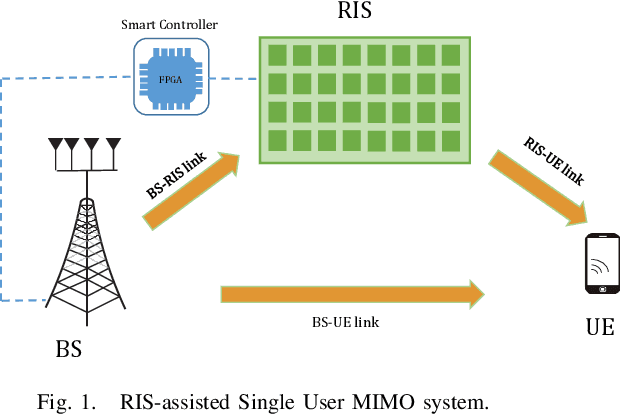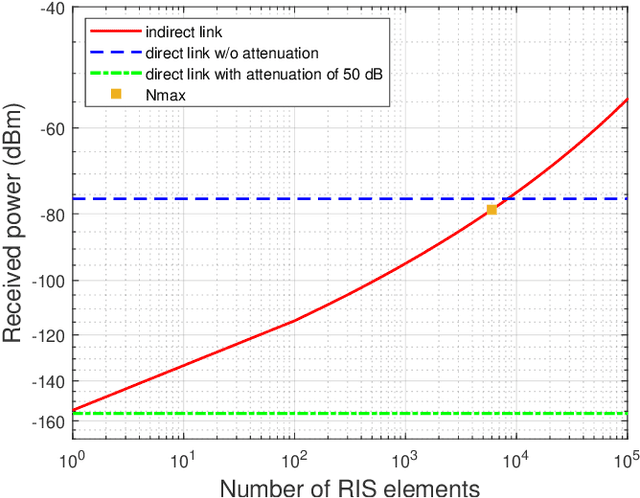Aline Habib
Reconfigurable Intelligent Surface Assisted Railway Communications: A survey
Jul 10, 2023

Abstract:The number of train passengers and the demand for high data rates to handle new technologies such as video streaming and IoT technologies are continuously increasing. Therefore the exploration of millimeter waves (mmWave) band is a key technology to meet this demand. However, the high penetration loss makes mmWave very sensitive to blocking, limiting its coverage area. One promising, efficient, and low-cost solution is the reconfigurable intelligent surface (RIS). This paper reviews the state of the art of RIS for railway communications in the mmWave context. First, we present the different types of RIS and review some optimization algorithms used in the literature to find the RIS phase shift. Then, we review recent works on RIS in the railway domain and provide future directions.
Extended NYUSIM-based MmWave Channel Model and Simulator for RIS-Assisted Systems
Jun 21, 2023



Abstract:Spectrum scarcity has motivated the exploration of the millimeter-wave (mmWave) band as a key technology to cope with the ever-increasing data traffic. However, in this band, radiofrequency waves are highly susceptible to transmission loss and blockage. Recently, reconfigurable intelligent surfaces (RIS) have been proposed to transform the random nature of the propagation channel into a programmable and controllable radio environment. This innovative technique can improve mmWave coverage. However, most works consider theoretical channel models. In order to fill the gap towards a realistic RIS channel simulator, we extend the 3D statistical channel simulator NYUSIM based on extensive measurements to help model RIS-assisted mmWave systems. We validate the extended simulator analytically and via simulations. In addition, we study the received power in different configurations. Finally, we highlight the effectiveness of using RIS when the direct link is partially blocked or non-existent.
 Add to Chrome
Add to Chrome Add to Firefox
Add to Firefox Add to Edge
Add to Edge